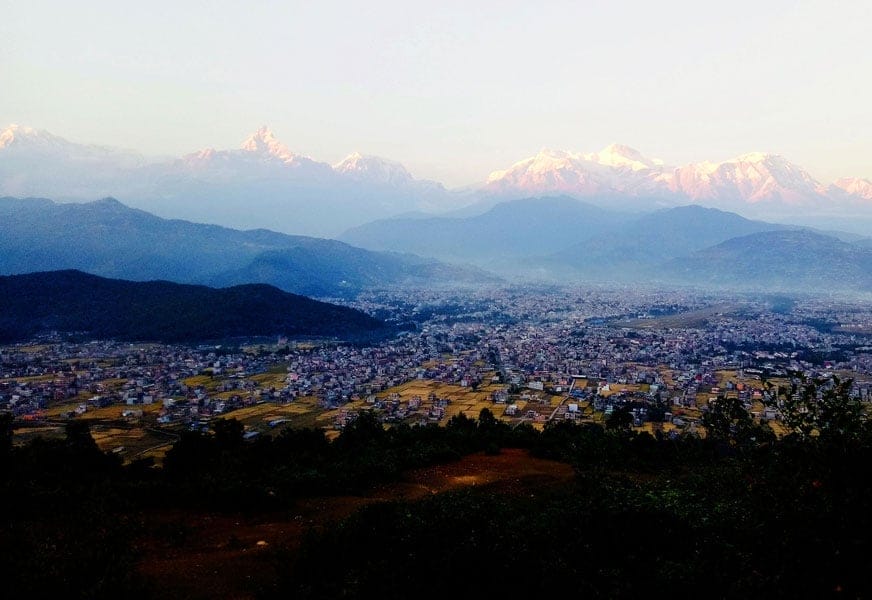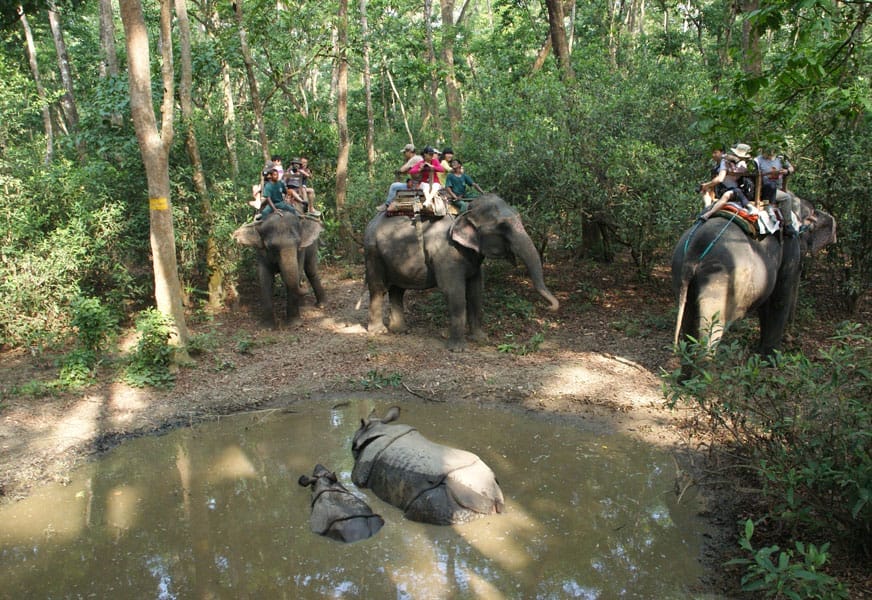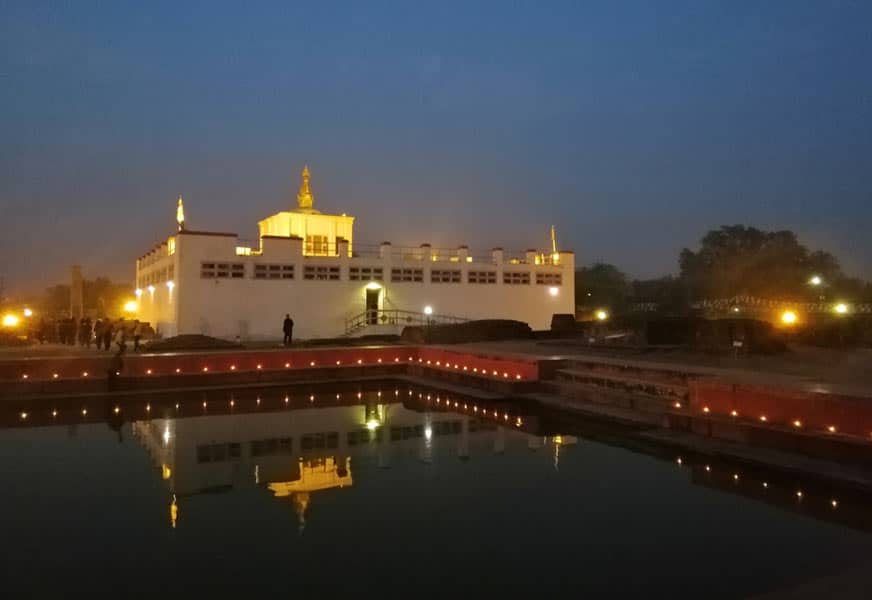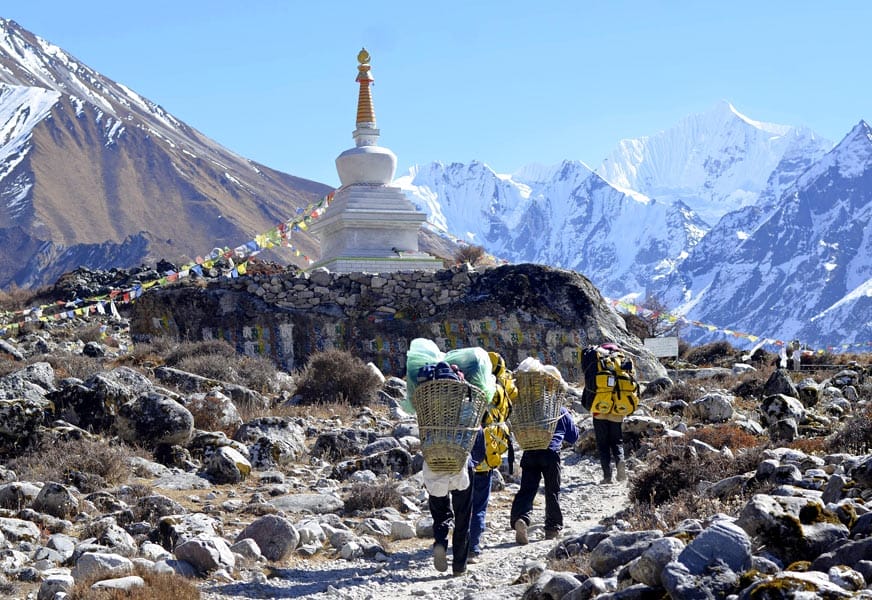Rara Lake, located in the Jumla and Mugu districts, serves as a tourist attraction, scenic hub, and spiritual oasis all in one. At 3,029 meters above sea level, it stands as Nepal’s largest and deepest lake.
Both international and domestic tourists favor Rara Lake. Here, you can relax by the gentle waves lapping the shore and enjoy magnificent views from nearby cafés and viewpoints.
Its remote location once made access difficult for many visitors. However, regular flights from Kathmandu to Nepalgunj and then to Talcha Airport now make short trips more convenient.
Despite the improved access, the hike remains challenging due to limited tourist amenities. On the plus side, this means fewer trekkers on the trail. Because the route lies at a lower altitude than many other treks, you’ll find it easier to navigate.
The trail from Jumla to Rara passes through Sinja, a place famous for its apple orchards. Tasting apples here will likely spoil your palate for apples elsewhere. Along the way, you will visit other interesting villages such as Gorusingha, Sinja, and Jaljala. These communities offer a glimpse into unique Khas traditions and customs.
Before reaching the lake, you must cross Rara National Park. The two-hour walk through alpine forest canopies is peaceful and refreshing. This quiet walk connects you deeply with nature.
Rara National Park
Established in 1976, Rara National Park protects the lake and its surroundings from sedimentation and harmful human activity. The park shelters endangered wildlife like the red panda, leopard cat, musk deer, grey wolf, blue hare, and Himalayan wild boar.
As you step beyond the forest, you’ll arrive at the dazzling Rara Lake. Its crystal-clear blue waters shimmer in the sunlight, making it one of the most beautiful high-altitude lakes in the world.
You can bring a tent to camp overnight. Imagine enjoying the moonlit lake, the scent of the surrounding forest, and the cool breeze from the northwestern Himalayas—truly a heavenly experience.
During the day, you might go boating, hike nearby hills to admire snow-capped mountains, meet welcoming locals, or spot rare birds and wildflowers on leisurely walks.
Rara Lake is home to endemic species like the Nepalese snow trout, Rara carp, Rara snow trout, and the Rara Lake frog. These animals live nowhere else on earth.
The villages around Rara blend harmoniously with nature. The trail leads you through remote countryside toward the Tibetan border.
Exploring the Jumla region and Rara Lake offers one of the most fascinating treks in the Himalayas. It remains largely untouched by crowds and offers a truly authentic experience.




















